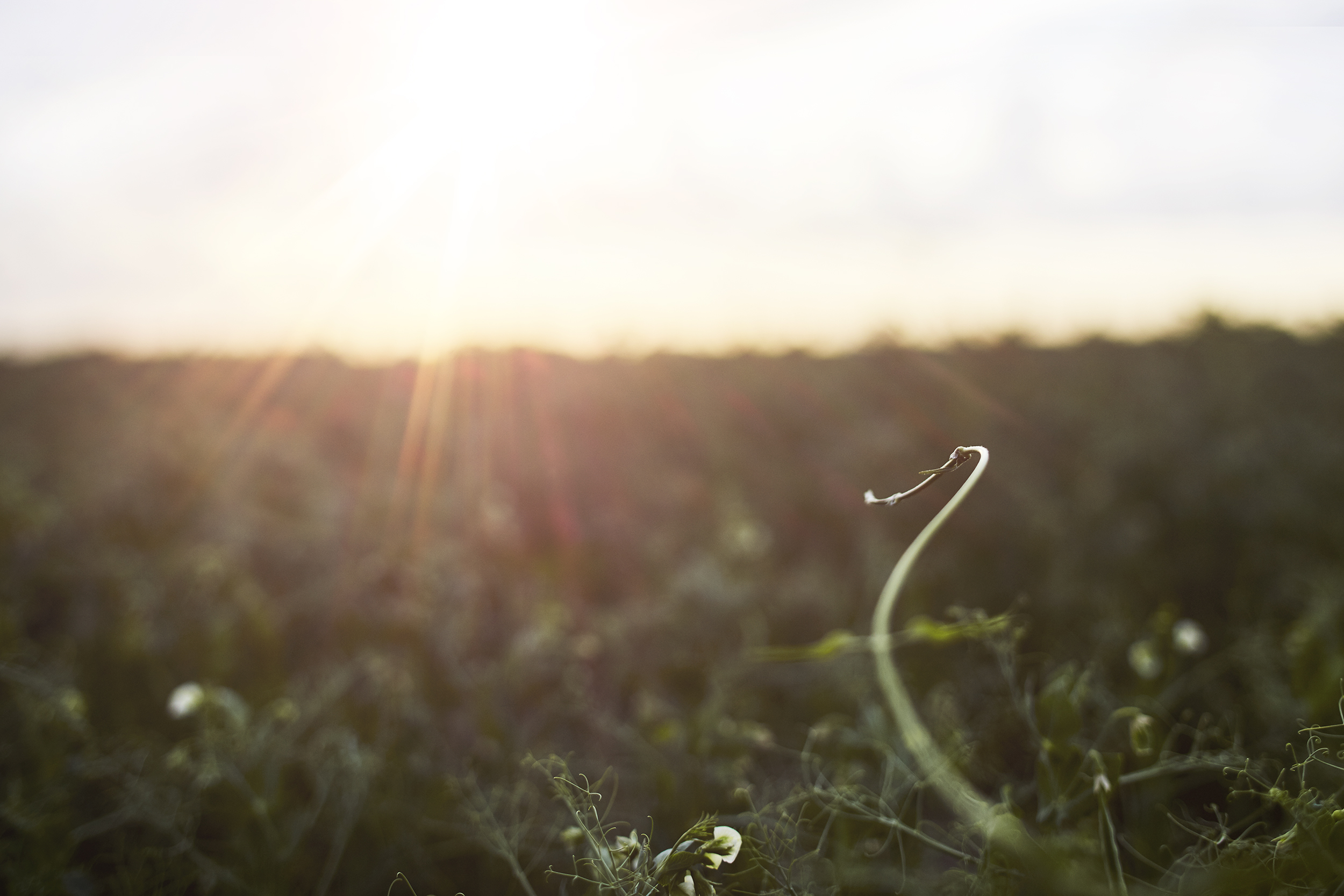In Agriculture, the Vision for 2020 is Clear

Crop markets are never stagnant. Whether driven by import and export global relationships or the ever-increasing demand voiced by American consumers, market uncertainty is a harsh reality for farmers. Growers have been conditioned by experience to make choices for their farm that fill their persistent need to make a profit and mitigate risks.
Across the country, 2019 brought challenges for growers far beyond what was expected. It was an agriculture year like no other with the most devastating and detrimental impacts to farms the US has seen in decades. Headlines across Ag Media blew up at the end of 2019, reporting on the disastrous effects on rural America.
The weather. This wasn’t a situation of a wet spring or early winter; the entire growing season was hit mercilessly by storm after storm.
The snow-packed 2019 winter fueled the first wave of unexpected weather conditions — spring flooding. The United States hit its wettest winter on record, with snow and rain accumulation across the country higher than the standing record from the 1997-1998 winter. When temperatures started to rise, there was only one option for the snow: melt and head downstream the Missouri, Ohio, and Mississippi Rivers straight into the heart of Midwest farmland.
By May, 200 million people in 25 states faced a risk of flooding. In Nebraska, arguably the state that experienced the worst of the flooding, tens of thousands of people had to flee and there was $1.3 billion in damage. The entire Mississippi River Basin received three times as much rainfall as it does in a typical year.
The degree of prescription caused farmers to plant at abnormal times, leading to many crops getting planted late. 20 Million acres of farmland were prevent plant, the largest amount of crop acres recorded in the history of modern day agriculture, and 19 million acres of farmland were never planted at all.
This wasn’t the end. Weather patterns came full circle at the beginning of the fall with an early onset of a harsh winter. For the farmers who were able to get crops in the ground during late spring, the fields were not harvestable by the time the winter storms blew in. This resulted in an immense amount of crop failures and poor-quality harvested grain.
Farmers are used to carrying risk on their shoulders. But in 2019, growers faced challenges that far surpassed the norm.
Growers across the country are wondering, how can I pivot and make choices that will set me up for success moving into 2020?
Shorter season crops give farmers the flexibility to grow a crop quickly, leaving time that permits regenerative farming practices, such as cover cropping.
Yellow field peas are a shorter season crop that have the ability to germinate under colder climates and mature in colder temperatures, providing growers the opportunity to plant earlier than most crops. PURIS has been breeding yellow field peas farther south to open up doors for farmers across the country who are looking to grow peas and mitigate the risks that accompany long maturity crops.
Peas are ready to be harvested well before winter is around the corner, so farmers are able to follow up with a cover crop, get fall coverage on the soil, and protect land from wind or water erosion. Soil top layers stay intact while nutrients seep down into the soil to build rich profiles that can withstand tough conditions in the years to follow.
There’s plenty of debate on why we’re seeing these unpredictable changes in climate patterns. Putting those opinions and debates aside, regenerative ag practices allow growers to build a stronger and healthier planet that can help protect generations to come.
Yellow field peas are a water-conscious crop that leaves the soil healthier than it started. Yellow field peas take 1 to 2 inches of water for one growing season, compared to 10 inches of water for other crops. Not only do peas conserve water, but they positively impact water quality.
Because peas fix their own nitrogen, minimal chemical fertilizers are necessary during the yellow field pea growing season. Yellow field peas actually fixate so much nitrogen that the amount of fertilizer needed on the crops that follow peas is significantly less.
Growing peas positively influences on-farm waterways, which impacts overall lakes, streams, and ultimately the Gulf of Mexico. Choosing crops that regenerate and use less inputs, not only gives back to the planet, but sets fields up for success the years to follow.
Farmers deserve to have more risk taken off their shoulders. PURIS wants to mitigate that risk as much as possible. Total production contracts eliminate the questions of “where am I going to take my crops after harvest?” and “How can I be sure that I’m going to make a profit on my crops at the end of the year?”
Partner farmers with PURIS have the opportunity to set their prices before they even plant and are guaranteed that every bushel produced on their acres will be bought back for premium prices. There’s no limit to how much you can grow — whether you knock yields out of the park or they don’t turn out as well as planned, nothing changes with your contract.
Heading into 2020, the vision is clear. Agriculture has the chance to turn practices around and create an environment fixated on regenerative practices that protect the soil, ensure economic stability of farmers, and enable recovery if disaster strikes again.